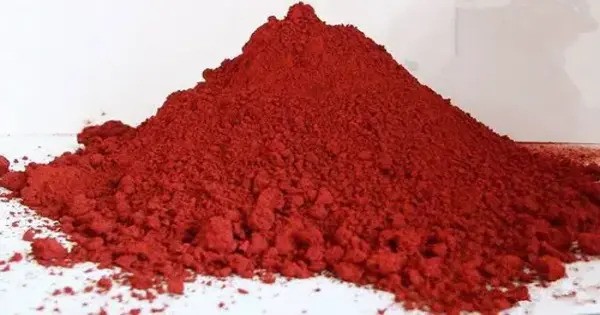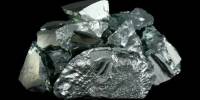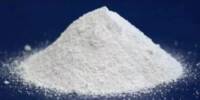Cadmium selenide is an inorganic compound with the formula CdSe. It is a compound semiconductor that’s quite interesting for several applications. It is a black to red-black solid that is classified as a II-VI semiconductor of the n-type. It is a pigment, but applications are declining because of environmental concerns.
CdSe is used in various optoelectronic devices, including light-emitting diodes (LEDs) and laser diodes, thanks to its ability to emit light in the visible spectrum. It’s also used in photodetectors. CdSe is used in thin-film solar cells, often in combination with other materials, to create efficient photovoltaic devices. CdSe can be used as a pigment in ceramics and plastics due to its bright colors.
Structure
CdSe crystallizes in either a zinc blende (cubic) or wurtzite (hexagonal) crystal structure. The zinc blende structure is more common. Three crystalline forms of CdSe are known which follow the structures of: wurtzite (hexagonal), sphalerite (cubic) and rock-salt (cubic). The sphalerite CdSe structure is unstable and converts to the wurtzite form upon moderate heating. The transition starts at about 130 °C, and at 700 °C it completes within a day. The rock-salt structure is only observed under high pressure.
Properties
- Appearance: CdSe is typically a reddish to orange solid.
- Band Gap: CdSe has a direct band gap of approximately 1.7 eV (electron volts) at room temperature, which makes it a useful material for optoelectronic applications.
- Melting Point: Around 1,000°C (1,832°F).
- Thermal Conductivity: Relatively low compared to metals, which is typical for semiconductors.
Production
CdSe is relatively stable, but it can react with strong acids or bases. It is not very reactive in ambient conditions. The production has been carried out in two different ways. The preparation of bulk crystalline CdSe is done by the High-Pressure Vertical Bridgman method or High-Pressure Vertical Zone Melting.
Cadmium selenide may also be produced in the form of nanoparticles. (see applications for explanation) Several methods for the production of CdSe nanoparticles have been developed: arrested precipitation in solution, synthesis in structured media, high temperature pyrolysis, sonochemical, and radiolytic methods are just a few.
Applications
CdSe is used extensively in electronics and photonics. Its applications include:
- Semiconductors: Used in photovoltaic cells (solar panels) and light-emitting devices.
- Quantum Dots: Utilized in display technologies, biological imaging, and sensors.
- Pigments: Historically used in pigments for ceramics and plastics, though its use in this area has declined due to environmental and health concerns associated with cadmium.
Health and Environmental Concerns
Cadmium is a toxic heavy metal, and compounds like CdSe are hazardous. Care must be taken during handling and disposal to avoid environmental contamination and health risks. Safe practices and regulations are critical in industries working with cadmium compounds.
















